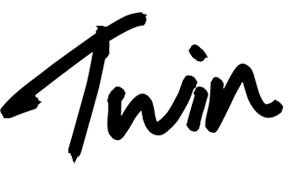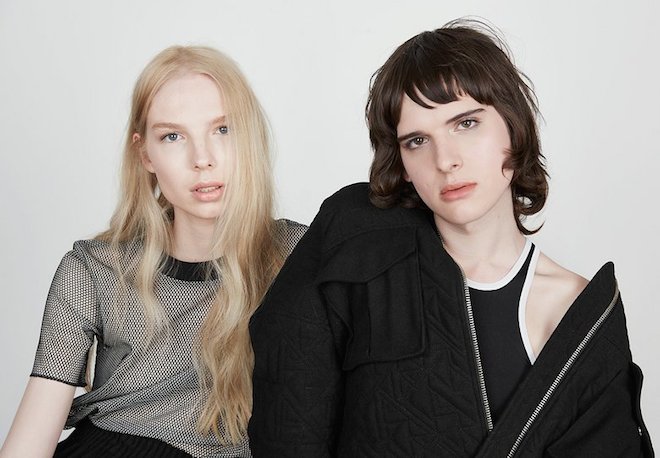There’s no doubt that transgendered issues have been brought into the greater cultural conversation over the past year. While fashion has long toyed with gender fluidity and featured androgynous and trans models like Andreija Pejic in campaign imagery, no major brand has seemingly addressed gender non-conformity as much as H&M’s little sister, & Other Stories. Their new campaign not only stars trans models, Hari Nef and Valentijn De Hingh, but was produced by a predominantly trans crew, celebrating their artistry in front and behind the camera.
Representation and increased visibility is undoubtedly a good thing – it broadens perspectives and offers more opportunities for minorities to be included in a wider narrative. But there are only so much a few magazine covers and documentary specials can do, and in an industry that’s obsessed with newness – both falsely inviting and cruelly fickle – how do we make sure this isn’t another seasonal trend that disappears in six months. And in a time when the trans community still struggles with unemployment, discrimination and lack of opportunity, how much are we doing if the same creative teams get rehired to produce campaigns.
By hiring an all transgendered below-the-line talent including photographer Amos Mac (founder of Original Plumbing), stylist Love Bailey and makeup artist Nina Poon, & Other Stories empowers everyone involved to control the means of their own representation. The behind the scenes video is quick to highlight how the team bonded on set, which comes across in the campaign itself, showing the power of shared experiences. When talking to Dazed, Nef noted that prior collaborations in fashion hadn’t always entailed empathy and understanding but, “With a trans team however, it’s all there.” The campaign also raises an important question about ‘the gaze’, long associated with fashion imagery, & Other Stories asks whether, in this case, the cisgender gaze could change if a trans team produced the imagery.
Fashion dictates who does and does not get to participate in the world of luxury and beauty, but as Nef notes in the video, campaigns like this – and on a greater level, the Internet – have expanded and diversified fashion’s audience, who demand to be both represented and included. In the past year alone, Selfridges experimented with the Agender Project while a new online, unisex-only fashion platform, You Do You, launched this month promoting designers like Eckhaus Latta, Vejas and Timo Weiland, all of whom produce collections not tied to a gender binary. In the US, Target has promised to remove gender-based labels on toys, which hopefully signifies the industry is finally noticing the importance of empowering a diverse set of consumers – let’s just hope it doesn’t disappear in six months time.
Words by Alex LeRose


 PREVIOUS
PREVIOUS

 Twitter
Twitter
 Tumblr
Tumblr
 YouTube
YouTube
 Facebook
Facebook
 Instagram
Instagram
